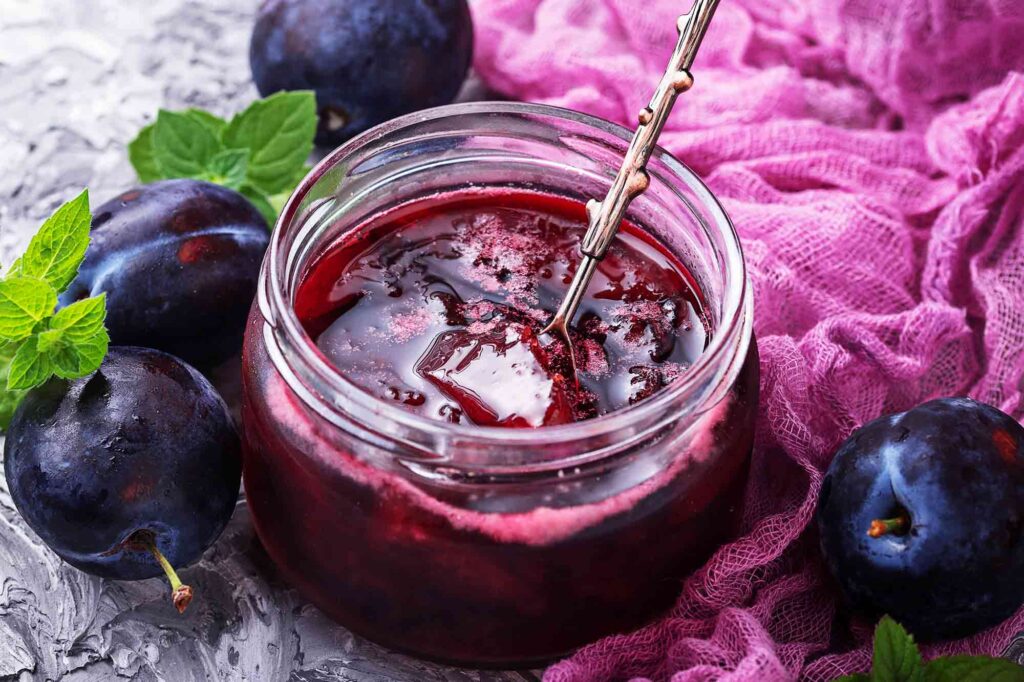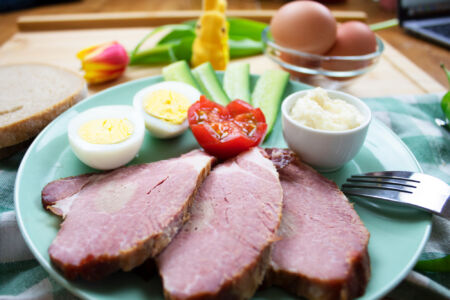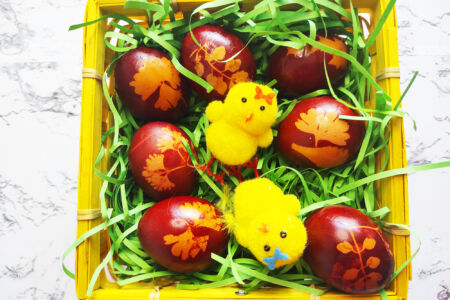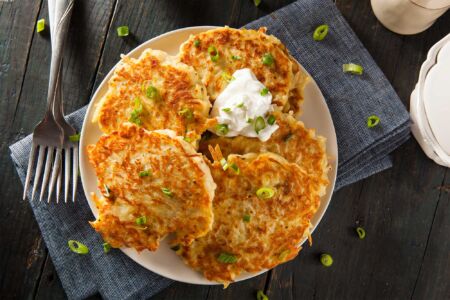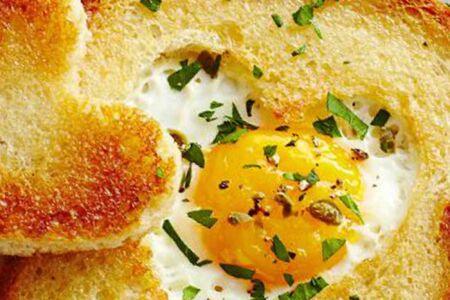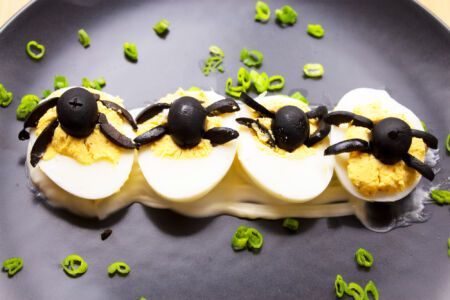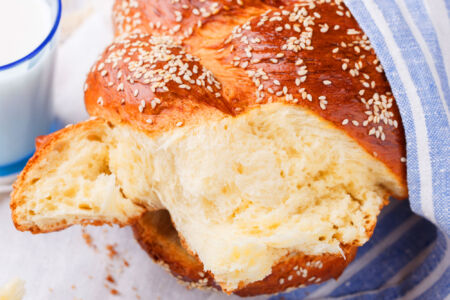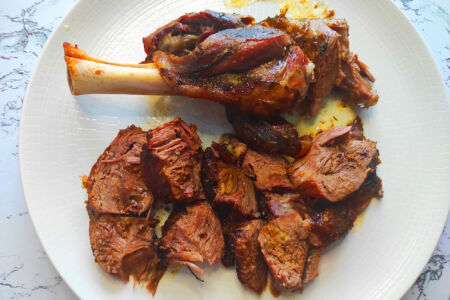Mary Berry’s Plum Jam
Mary Berry’s plum jam preserve stands out due to its simple cooking process and distinct flavor profile. There’s no need to be concerned about dedicating an extended period to kitchen duties while crafting this delectable creation.
Plum jam pairs wonderfully with various accompaniments such as soda bread, pita bread, and more, providing a delightful light snack.
The preparation phase
for this recipe requires minimal attention as it is completed overnight. In contrast, the actual cooking duration spans from 15 to 30 minutes, which means you won’t exert significant effort during the cooking process.
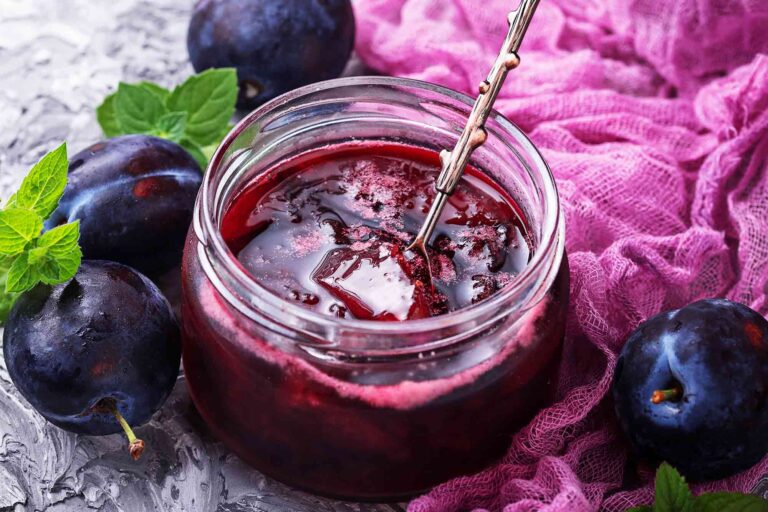
| Prep time | Cook Time | Rest Time | Total Time |
|---|---|---|---|
| 20 min | 45 min | - | 65 min |
Plum jam, like many fruit preserves, has a long and varied history that spans cultures and continents. Here are some key points about the history and origin of plum jam:
Ancient Roots
Preserving fruits by cooking them with sugar or honey dates back thousands of years. Early methods involved drying, pickling, or storing fruits in honey. These techniques were used in ancient Mesopotamia, Egypt, and Greece.
Medieval Europe
Jam-making in Europe became more common in the Middle Ages. The Crusaders are often credited with bringing sugar back from the Middle East, which led to the spread of fruit preserves in Europe.
Sugar’s Influence
The availability of sugar was a crucial factor in the development of jam-making. As sugar became more affordable and widespread in Europe, the production of fruit preserves, including plum jam, increased.
Colonial Expansion
The spread of European colonial powers around the world further facilitated the exchange of culinary traditions. This included the introduction of fruit preservation techniques to various regions.
Regional Variations
Different cultures put their own spin on plum jam. For example, in British cuisine, it became a staple for afternoon tea. In Eastern Europe, plum preserves like povidlo and lekvar are integral to many traditional dishes.
Traditional and Festive Use
Plum jam often featured in holiday feasts and special occasions. In some cultures, it became a symbol of hospitality and generosity.
Industrialization
With the advent of industrialisation in the 19th century, jam production became more efficient and accessible. Canning and bottling techniques were developed, allowing for longer shelf life.
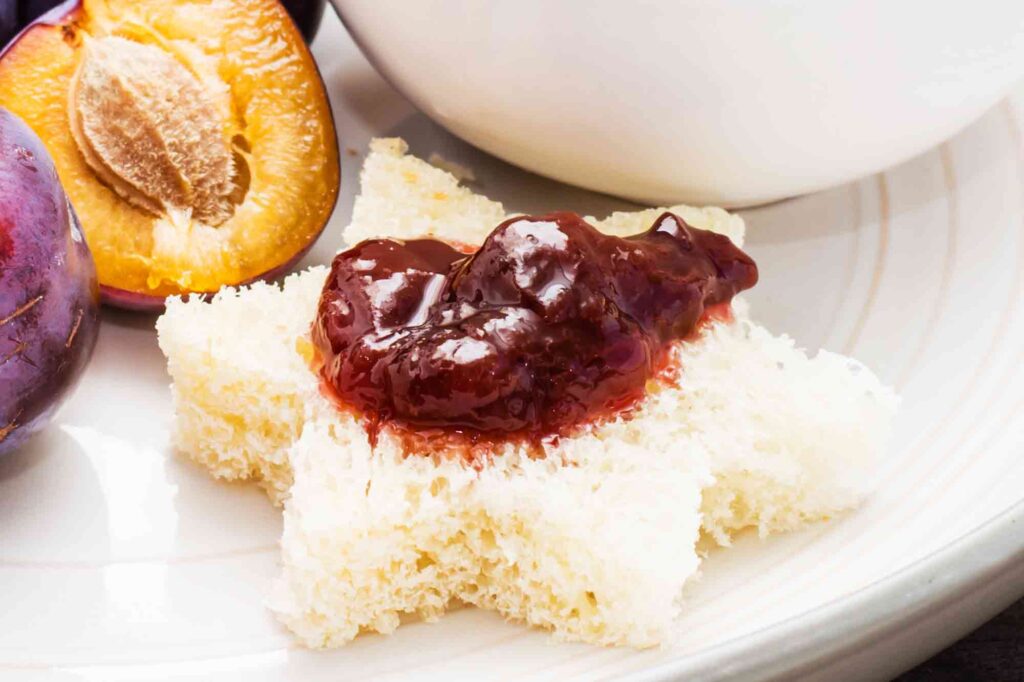
Modern Varieties
Today, plum jam is enjoyed worldwide, and there are countless variations in recipes, from traditional to experimental. Some recipes incorporate additional flavors like spices, herbs, or other fruits.
Health Benefits
Alongside its delightful taste, plum jam is appreciated for the health benefits of plums. They are a good source of vitamins, fiber, and antioxidants.
Artisanal and Homemade Revival
In recent years, there has been a resurgence of interest in artisanal and homemade jams. Many people enjoy the process of making their own preserves, often using traditional methods and local, seasonal ingredients.
In summary, the history of plum jam is deeply intertwined with the broader history of fruit preservation, the availability of sugar, and cultural exchange.
Today, it continues to be a beloved condiment, cherished for its rich, fruity flavor and versatility in various culinary applications.
Ingredients
Instructions
Place the plums, lemon juice, and water into a deep saucepan.
Allow the ingredients to gently simmer and cook for 30 minutes to achieve plum softening.
Incorporate the sugar into the mixture, stirring until it dissolves, be sure to add the sugar incrementally, dividing it into thirds.
Once the sugar is completely dissolved, remove the saucepan from the stove.
Cover the pan and allow the ingredients to cool in it overnight.
The following day, return the saucepan to the stove, heating it briefly to prevent sugar clumping.
Bring the mixture to a boil, then increase the heat for a vigorous 10-minute boil.
Remove the saucepan from the stove and let it rest for five minutes to let the plums settle.
Transfer the jam into airtight container(s) for storage.
Enjoy, Good Appetite!

